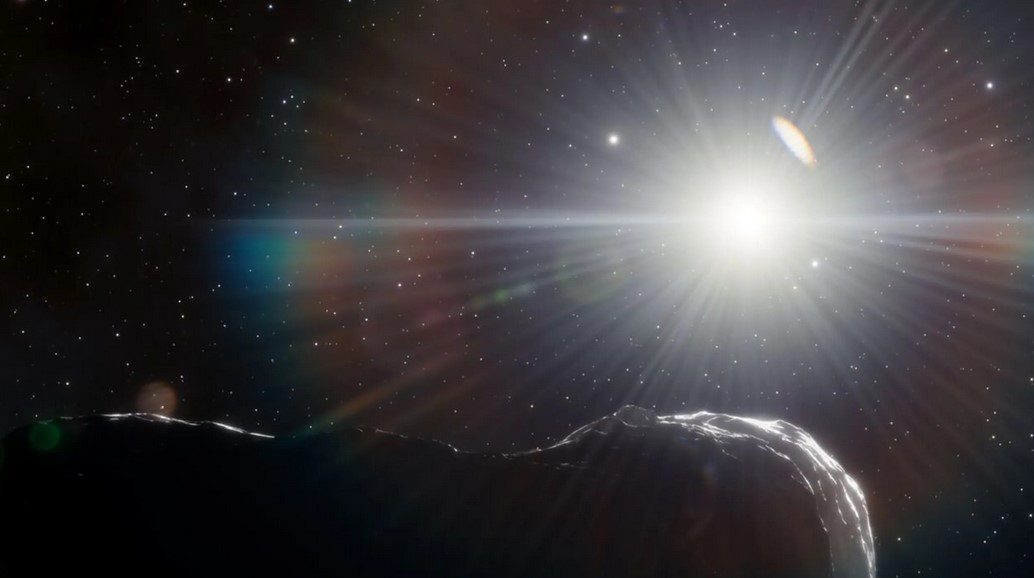In late December 2024, astronomers spotted a new celestial neighbor: asteroid 2024 YR4. Measuring approximately 196 feet (60 meters) in diameter, this space rock has garnered attention due to a 1.2% chance of impacting Earth on December 22, 2032. While that might sound alarming, let’s break it down.
The Odds and Potential Impact
A 1.2% chance translates to about a 1 in 83 possibility of collision. If 2024 YR4 were to hit Earth, it could release energy equivalent to approximately 8 megatons of TNT—over 500 times the bomb dropped on Hiroshima. Such an impact would cause significant regional damage but isn’t a global catastrophe.
Current Monitoring and Challenges
As of January 28, 2025, 2024 YR4 is rated a 3 on the Torino Scale, indicating a potential for localized destruction. However, the asteroid is moving into a position where it will be unobservable for about three years, making continuous monitoring challenging. This observational gap means that our current risk assessments are based on limited data, and the actual threat level could change with future observations.
Planetary Defense: What’s Being Done?
NASA’s Planetary Defense Coordination Office (PDCO) is actively involved in detecting and tracking near-Earth objects (NEOs) like 2024 YR4. In 2022, NASA’s Double Asteroid Redirection Test (DART) mission successfully altered the orbit of the asteroid Dimorphos, demonstrating our ability to deflect potential threats. Building on this success, the European Space Agency’s Hera mission, launched in October 2024, aims to further study the impact site to refine our asteroid deflection strategies.
Stay Informed and Prepared
While the current risk from 2024 YR4 is low, it’s a reminder of the importance of ongoing monitoring and preparedness. Advancements in planetary defense are crucial to ensure that, should a significant threat arise, we have the tools and knowledge to respond effectively.
While 2024 YR4 presents a non-zero risk, the combination of continuous monitoring and advancements in planetary defense strategies provides confidence that we are well-equipped to handle potential asteroid threats.












Leave a Reply